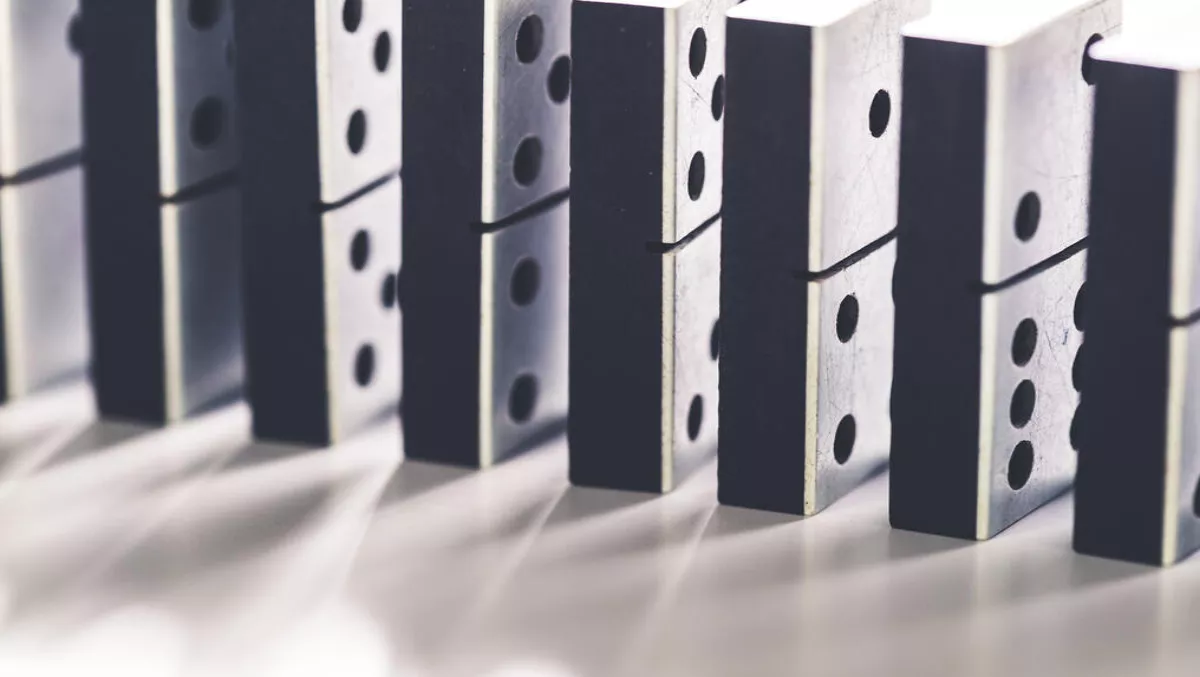
Bitcoin & Blockchain: A better understanding
Undoubtedly you've been exposed to Bitcoin or Blockchain in one way or the other. It's apparently the future. But apart from the buzzword, what actually is it? Thanks to Microsoft, at Ignite, it got a bit easier for the rest of us.
In non-tech terms, it's a distributed ledger. This means rather than a central certification point, it's certification is across the network, with automated transaction records.
Okay, so still what does it mean? The speakers at Ignite NZ were kind enough to explain it terms even I could understand. So let me share with my own take on it.
On a recent expedition around Asia, I managed to lose my phone in a Mongolian river. There's a whole story around that, but suffice to say, a new phone was required to maintain contact with the world.
So on my return to Beijing, I attended a technology mall. Imagine 5 floors of just phones (3.5 of those being pure iPhone). So I managed to get my hands on a Samsung Note 4 for a bargain. I'd run my tests on it to make sure it's authentic, in China the rate of counterfeit Samsung phones begs to be believed.
However, once back in the accommodation, and upon further playing, I'd ended up with a Frankenstein American Verizon phone with a not so kosher ROM installed on it with hacked access. The problem was that there was nowhere for me to plugin a serial number and it tell me I was making a good choice.
And that's where Blockchain 1.0 comes in. Each phone is made up of components. Imagine being able to track those individual components back to its source, and to see whether changes had been made, or parts substituted.
That's the power of Blockchain 1.0. For consumers, suppliers and the wider manufacturing industry, being able to check the provenance of a product is becoming increasingly important. As we spread our ever decreasing dollars thinner and thinner, knowing we're making the right choices and that we're getting the genuine article is critical to our decision making. Blockchain 1.0 ensures that this data once entered onto the blockchain is immutable, and traceable back to source.
Now this doesn't mean that all data has to go 'on the chain'. It allows decisions to be made as to what data goes on. Usually the minimal amount for partners and users is put on the chain, ensuring that your valuable data doesn't leave your organisation and is kept 'off chain'.
So that's Blockchain 1.0, what's Blockchain 2.0?
Yes, now there's Blockchain 2.0. It's Blockchain 1.0 with the addition to add code on top. This is usually seen in the term 'smart contracts' that is floating around the ether. Ethereum is an example of Blockchain 2.0.
Lets go back to my lost phone. That's usually an insurance claim. And we all know that insurance companies can be slow in settling claims. Imagine an insurance claim process that if you submitted the appropriate documents and information, checked that the required parameters were met automagically and approved or declined your claim.
That's a smart contract.
The information of this claim is entered onto the blockchain, allowing traceability. Now imagine if the serial number of my phone was also captured onto this blockchain, so if someone was to fish it out of a river, and hand it in to their local police, it could be checked against this distributed ledger and the insurance company informed.
Suddenly insights and data mining becomes possible across a wide range of transactions, enabling information to be shared across organisations that can use this data to improve their services and products, without losing client confidentiality and organisational IP.
It supports quicker decision making when dealing with partners, with examples such as cross border bank transfers, home loan decision making and car insurance claims being resolved in a matter of minutes rather than days or weeks.
Standing up an experimental Blockchain PoC was shown to take a matter of minutes on Microsoft Azure's platform with a range of Blockchain flavours able to be stood up. This allows for fail fast, fail cheap concepts to be produced easily to test proposed solutions, and ensure that appropriate value is being offered.
If you want to secure identity in the course of business, and create new opportunities, investigate further.


